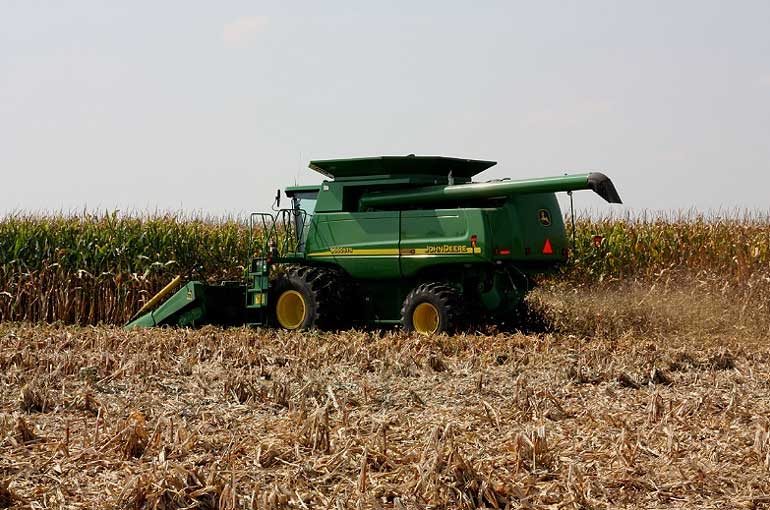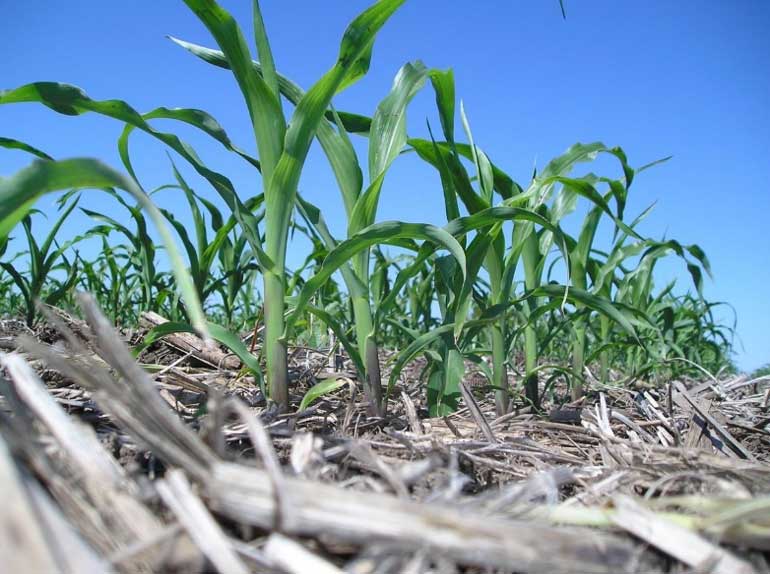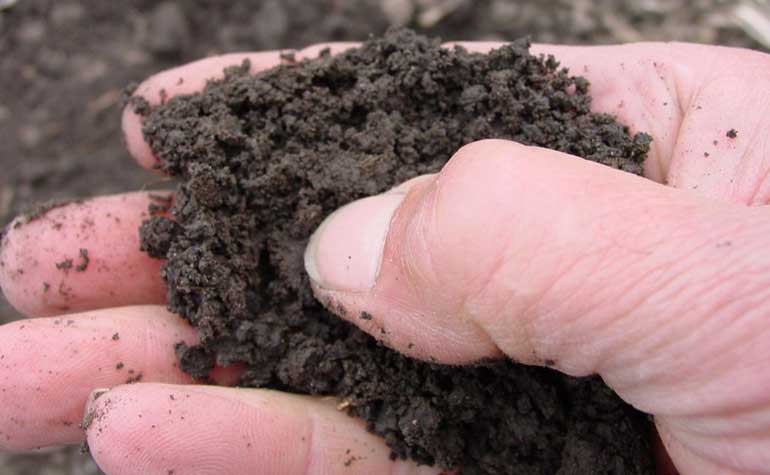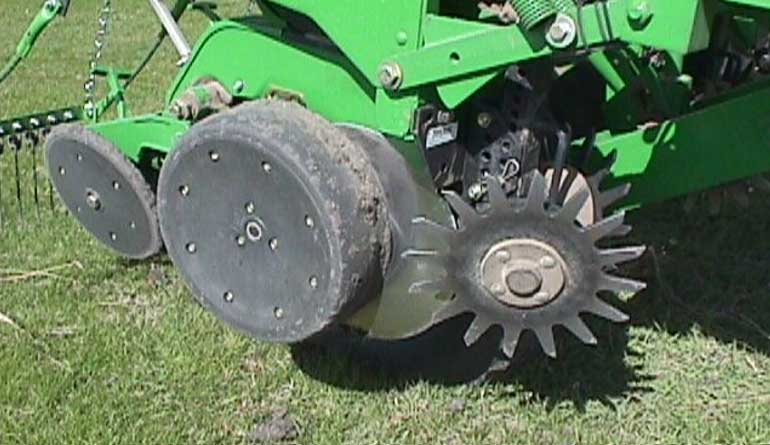We’ve got 10 tips to keep in mind if you’re thinking of switching to strip-till.
See tips10 Tips for Making the Switch to No-Till
Something went wrong. Please try again later...
From Pioneer Agronomy Sciences






